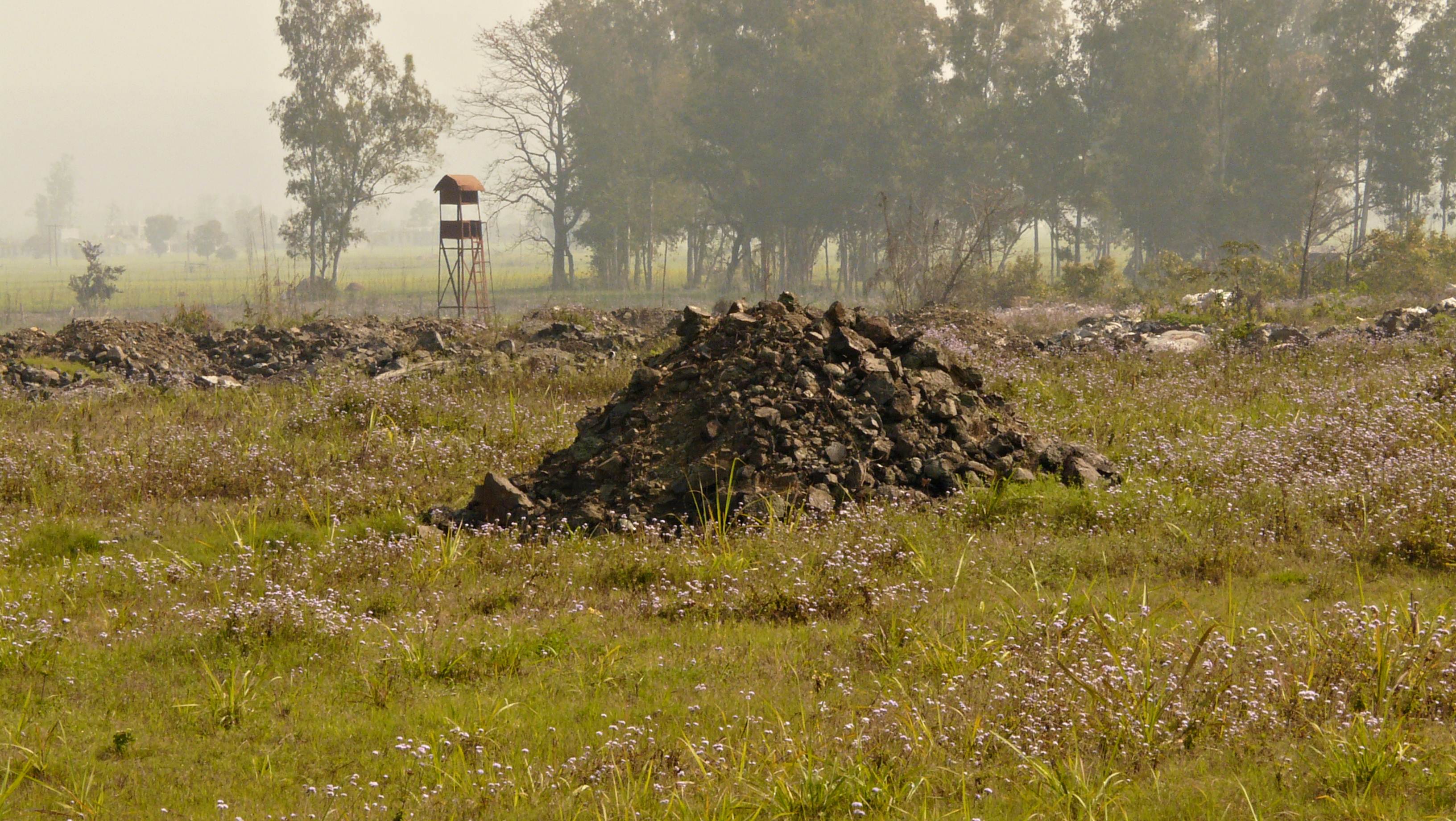Solan, March 30
The state government today sought a report from the State Pollution Control Board (SPCB) regarding discrepancies in furnishing information relating to hazardous waste under the RTI Act to the NGO Himparivesh.
This action followed publication of the report ‘Industries fail to send waste to treatment plant: RTI’ in these columns on March 27.
The Chief Secretary issued a letter to the SPCB Member Secretary directing the board to furnish its reply within seven days and ensure strict compliance with Hazardous Waste (Management and Handling) Rules in industrial areas. The state took a serious note of the discrepancies relating to information provided by the SPCB and the Shivalik Solid Waste Management, the disposal agency.SPCB Member Secretary Sanjay Sood said information given under the RTI Act pertained to total solid waste while figures for hazardous waste were less. He said figures for hazardous waste were sent to the apex court annually while the information given under the RTI Act was till December.
URL: http://www.tribuneindia.com/2013/20130331/himachal.htm#4
The Tribune:Industries fail to send waste to treatment plant: RTI
Solan, March 26
The State Pollution Control Board has been trying to underplay the issue of hazardous waste (HW) produced by various industrial units by furnishing figures which do not match those of the plant treating the waste.
This information was revealed in an RTI reply procured by Himparivesh, an environmental NGO.
According to the information provided by the board under the RTI Act, there are 17 textile, 518 pharmaceutical and 66 cosmetics and detergent manufacturing units, which produce 7,616.62 MT, 15,889.25 MT and 1,942.156 MT of hazardous waste, respectively. The total waste generated in 2010-11 was 25,448.025 MT. This waste was collected through Shiwalik Solid Waste Management Limited (SSWML) which has been authorised by the board.
The information furnished under the RTI Act to the NGO is not only different from the one furnished by the board but also reveals that less than 50 per cent of the waste is being treated as only a few units avail this facility.
The SSWML said there were 17 textile, 404 pharmaceutical and 32 cosmetic and detergent manufacturing units which produced 4,914.3 MT, 1,896.5 MT and 904.21 MT solid hazardous waste, respectively, in 2010-11.
The SSWML handled only 11,354 MT waste, while 14,093.316 MT never reached the only solid hazardous waste treatment plant in the area. This also revealed that more than 50 per cent of this waste was left untreated.
Member secretary of the board Sanjay Sood said the figures of hazardous waste were available on the website of the board, according to which 36,510 MT hazardous waste was emitted annually by various industries, which included 9,574 MT waste being sent to the SSWML and 6,333 MT of slag disposed in low lying areas, brick kilns and partly used in the construction of roads.
The website, however, does not have an updated figures of HW and it was last updated on March 31, 2012.
Balkrishen Sharma, general secretary of the NGO, said he had written a letter to the board asking how the remaining 14,093.316 MT solid hazardous waste was treated if it was not received by the plant.
He said the discrepancy in the number of pharmaceutical, cosmetics and detergent manufacturing units, as furnished by the board and the SSWML, was an issue of concern.
Since HW cannot be stored for more than three months, all the units are supposed to ensure its safe disposal as per the Hazardous Waste (Management and Handling) Rules, 1989, as this waste is highly toxic in nature and requires scientific handling. The issue, therefore, assumes significance as any laxity in its proper disposal can cause environmental hazard.
URL: http://www.tribuneindia.com/2013/20130327/himachal.htm#12






